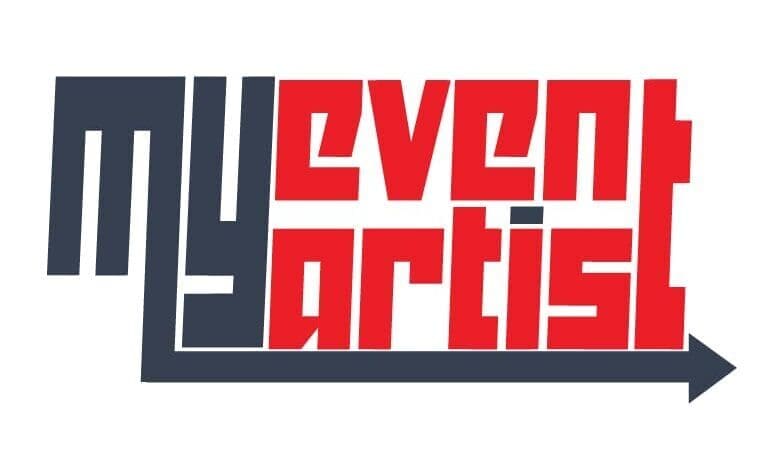Understand the legal aspects of copyright and trademark when printing logos on apparel. Learn how to protect your own designs, respect others’ intellectual property, and navigate licensing agreements to ensure your apparel business operates ethically and avoids legal complications.
Navigating Copyright and Trademark Issues in Apparel Printing
When it comes to printing apparel, understanding and navigating copyright and trademark issues is crucial to avoid legal complications and protect your brand. In this guide, we will explore important considerations and provide helpful tips to ensure that your apparel printing business operates within the bounds of copyright and trademark laws.
1. Educate Yourself on Intellectual Property Laws:
Become familiar with copyright and trademark laws specific to your jurisdiction. Understand the key concepts, such as what is considered copyrightable or eligible for trademark protection, the duration of protection, and the consequences of infringement. Stay updated with any legislative changes or court rulings that may impact your business.
2. Conduct Thorough Research:
Before creating or printing designs, conduct thorough research to ensure they do not infringe on existing copyrights or trademarks. Perform searches on official databases, consult legal professionals, and utilize copyright registration and trademark search tools. This due diligence will help you identify any conflicting marks or copyrighted materials.
3. Create Original Designs:
To avoid copyright infringement, focus on creating original designs for your apparel. Hiring professional graphic designers or artists can help ensure that your designs are unique and not derivative of existing copyrighted works. Keep records of the design process and any concept sketches as evidence of your creation.
4. Obtain Proper Licenses and Permissions:
If you plan to use copyrighted material or incorporate trademarked logos, characters, or symbols in your designs, seek appropriate licenses or permissions from the rights holders. This ensures that you have legal authorization to reproduce and distribute those works on your printed apparel.
5. Respect Fair Use Guidelines:
Understand the concept of fair use, which allows limited use of copyrighted materials for certain purposes, such as commentary, criticism, or parody. However, fair use is a nuanced legal concept, and its applicability can vary depending on the jurisdiction and specific circumstances. Consult legal professionals to determine if your intended use falls within fair use guidelines.
6. Avoid Trademark Infringement:
When printing apparel, be cautious not to use trademarks or brand logos without proper authorization. Trademarks are protected intellectual property, and unauthorized use can lead to legal consequences. If you wish to incorporate recognizable trademarks in your designs, seek consent from the trademark owners or explore licensing options.
7. Use Original Fonts and Typography:
Fonts and typography can be subject to copyright protection. To avoid infringing on font copyrights, use original fonts or licensed fonts that grant you the legal right to use them for commercial purposes. Avoid using unauthorized copies or free fonts that may have restrictive licensing terms.
8. Monitor Copyright and Trademark Violations:
Regularly monitor the marketplace and online platforms to ensure that your printed apparel is not being counterfeited or infringing on others’ copyrights or trademarks. Be vigilant in protecting your own intellectual property rights and take appropriate legal action if you discover any infringements.
9. Seek Legal Counsel:
When in doubt or facing complex copyright or trademark issues, consult an experienced intellectual property attorney. They can provide guidance specific to your situation, help you understand the legal implications, and assist in resolving any disputes that may arise.
10. Educate Your Team and Customers:
Ensure that your team members are aware of copyright and trademark issues and the importance of compliance. Educate your customers as well by providing information on your website or packaging regarding the originality of your designs and adherence to intellectual property laws. This transparency helps build trust and credibility with your audience.
By navigating copyright and trademark issues conscientiously, you can protect your brand, maintain a reputable business, and avoid legal troubles. Stay informed, create original designs, obtain necessary licenses, and seek legal advice when needed. Remember, respecting intellectual property not only safeguards your business but also contributes to the integrity and creativity of the entire apparel printing industry.

